
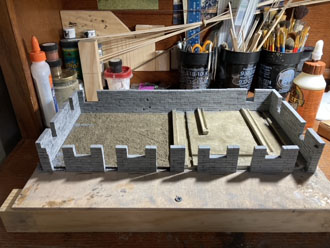
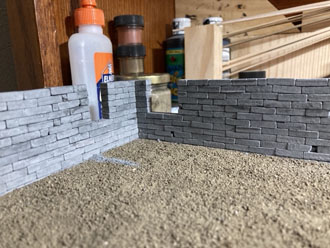
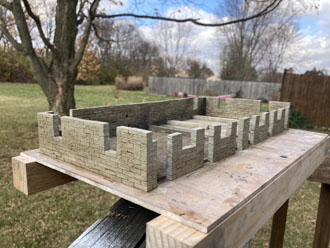
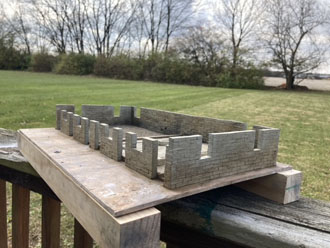
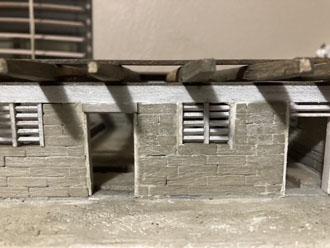
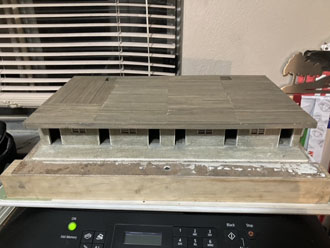
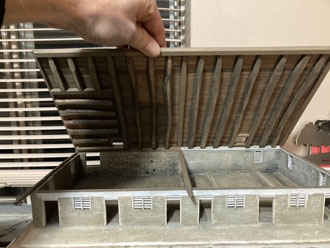
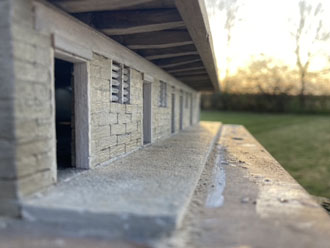
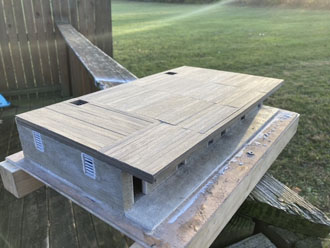
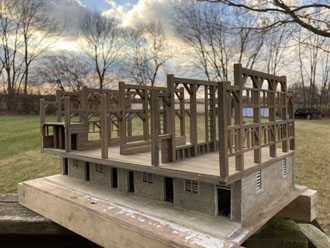

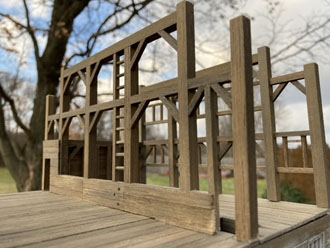
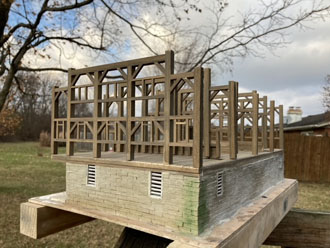

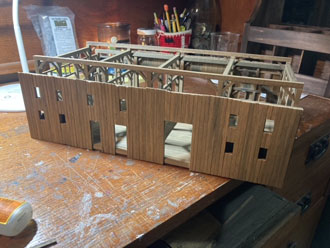
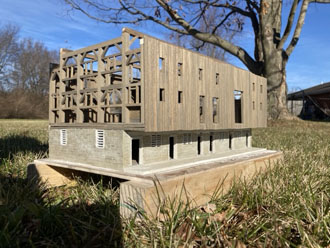
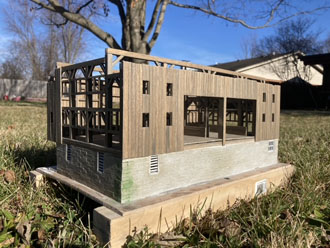
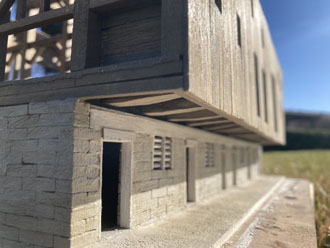
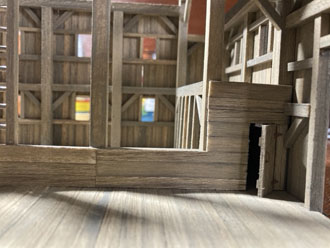
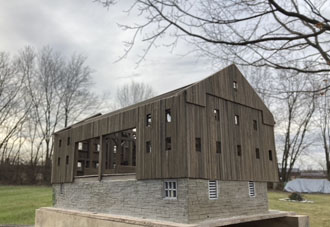
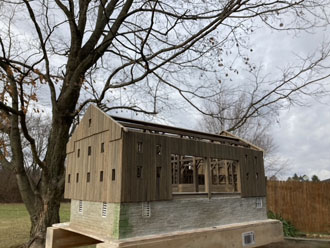
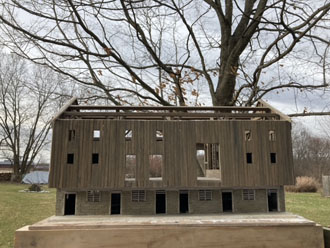
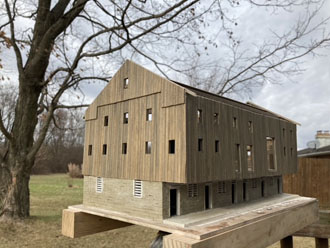
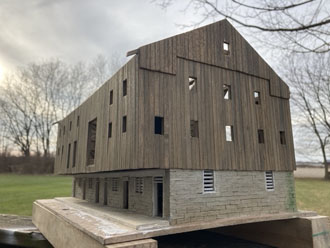
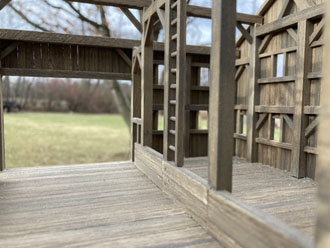
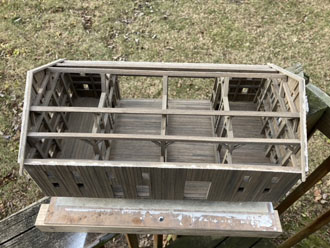
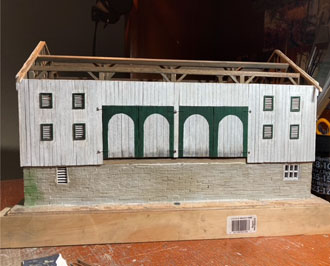
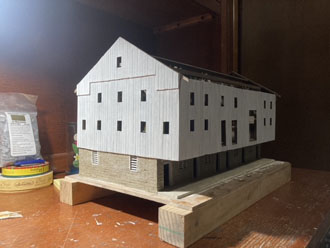
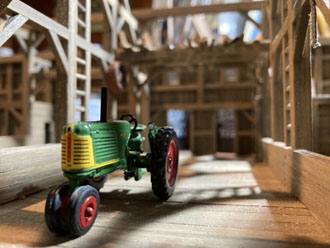
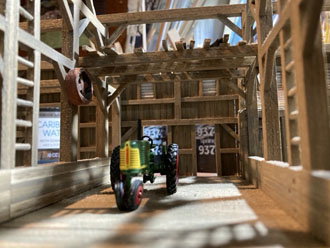
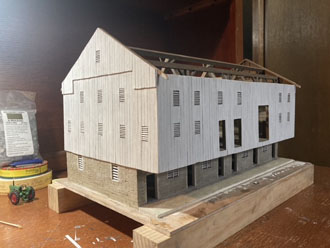
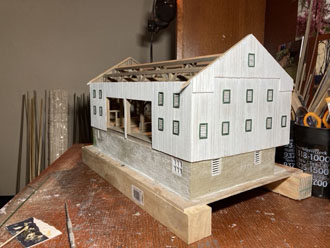


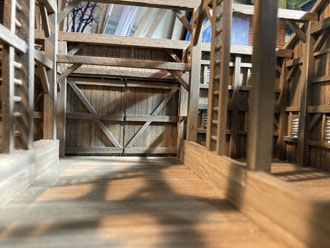

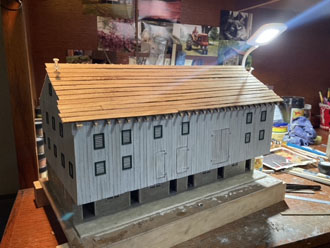
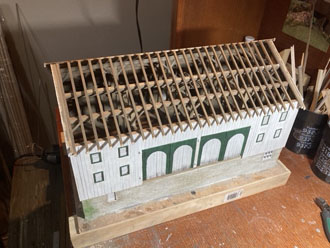
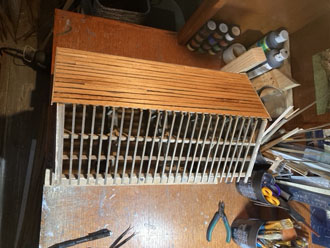
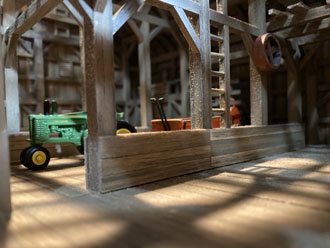
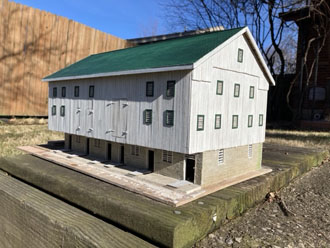
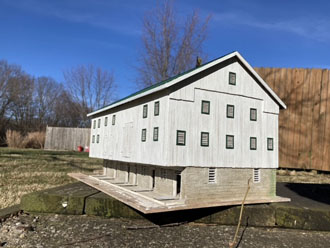
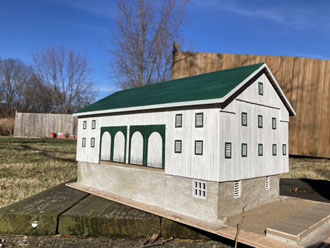
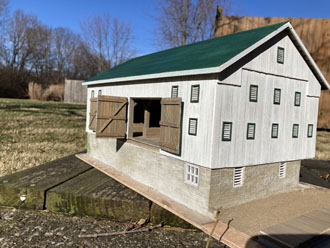
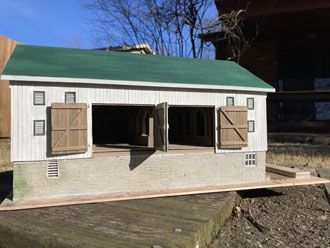
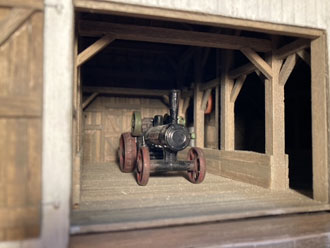
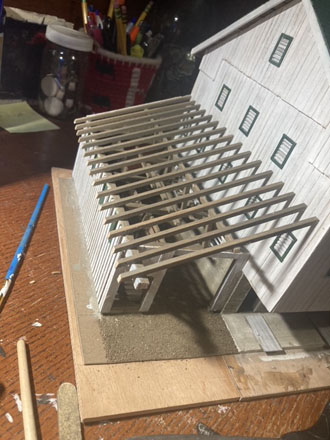
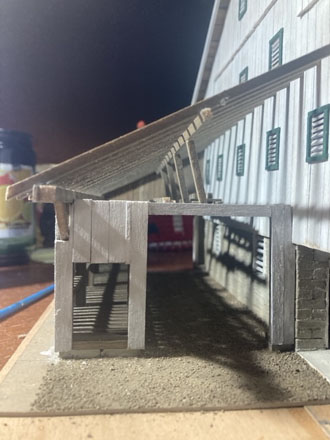
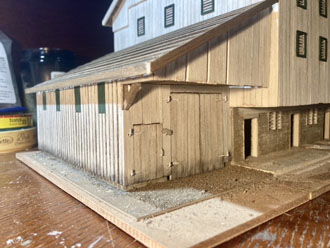

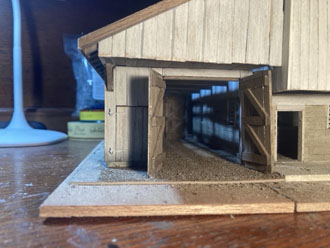
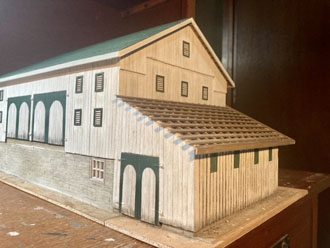
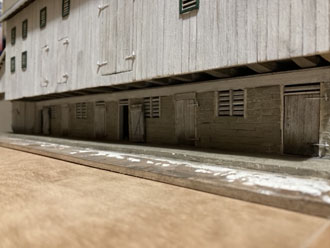
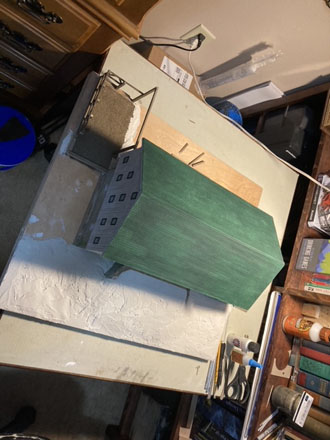
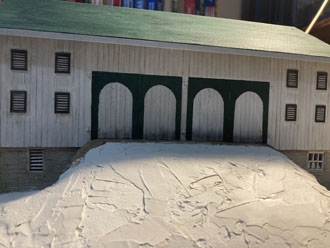
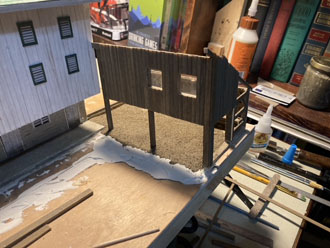
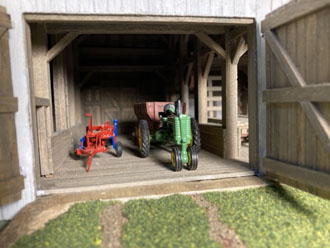


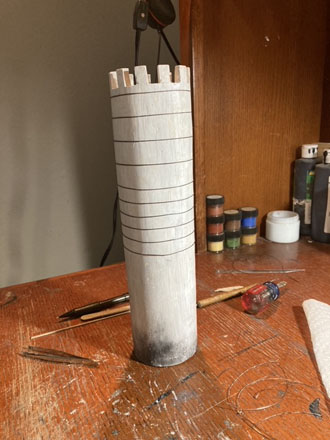


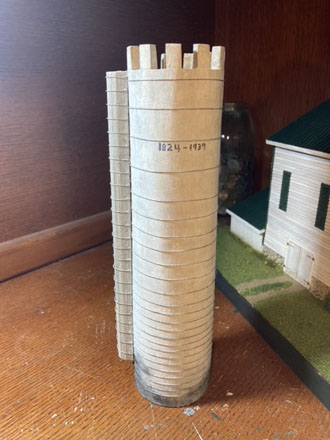
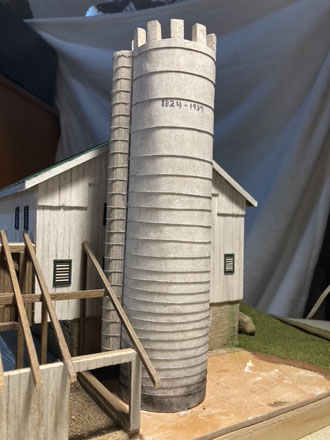
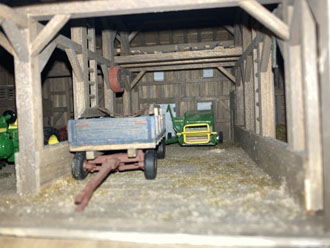
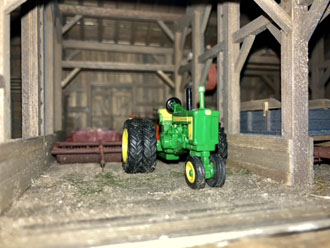
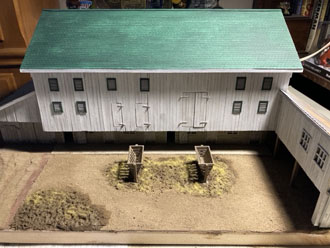
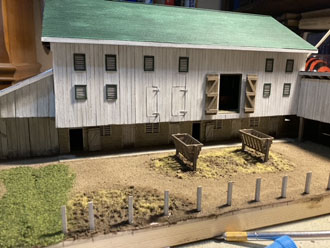
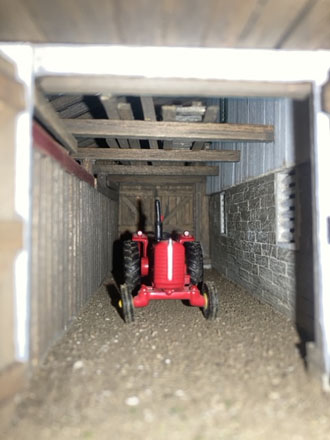
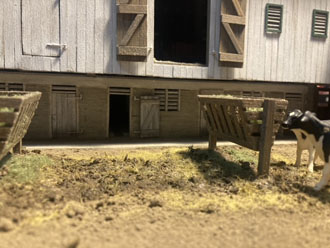
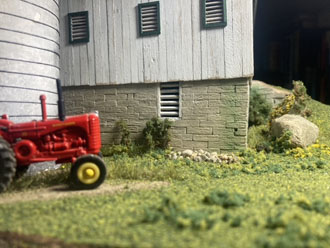
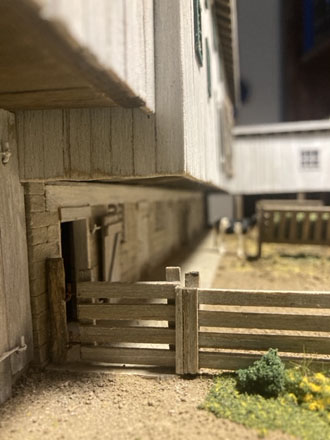
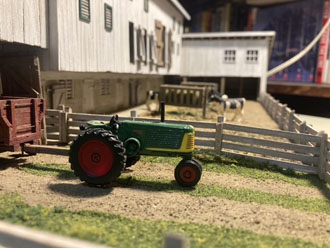
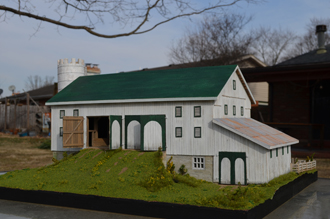
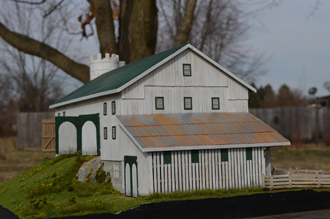
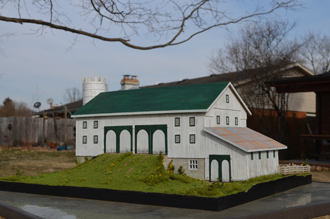
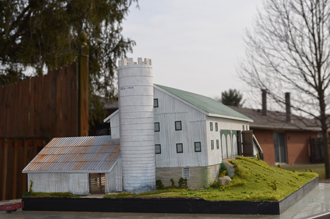
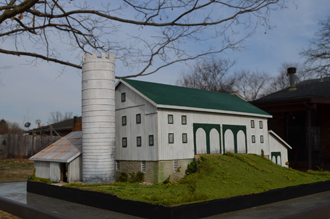
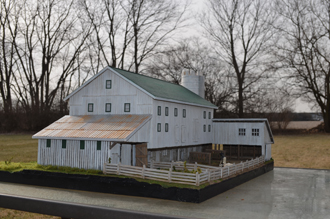
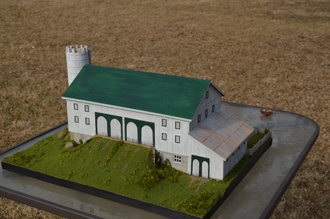
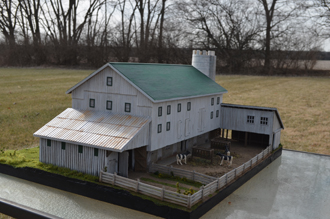

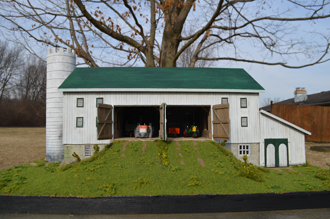
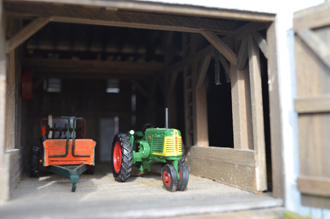
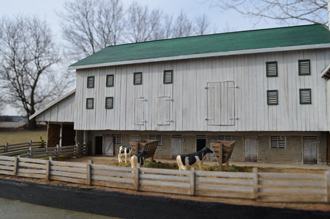
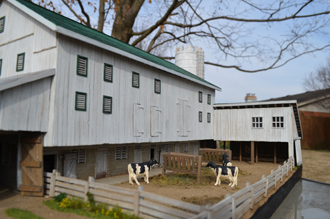
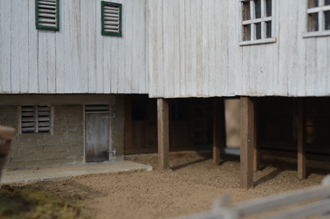
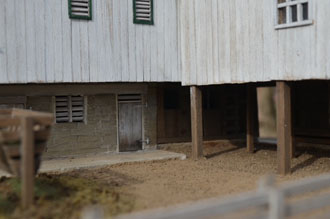

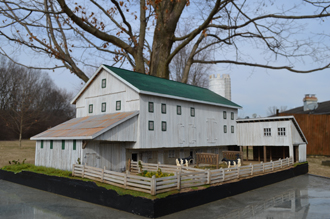
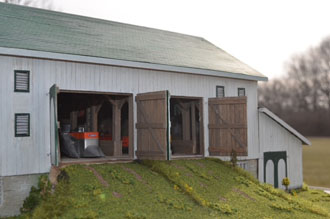
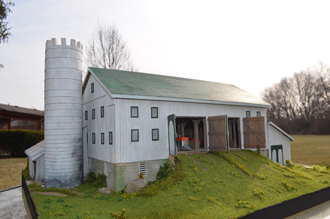


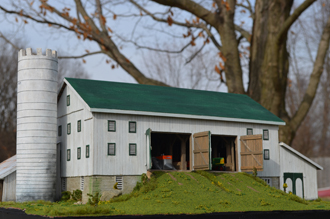
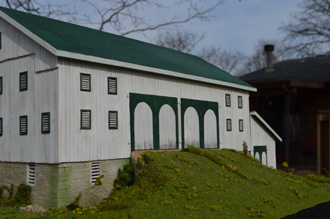
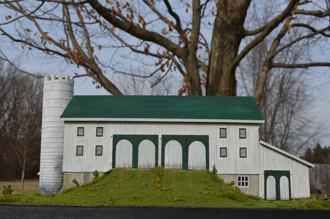

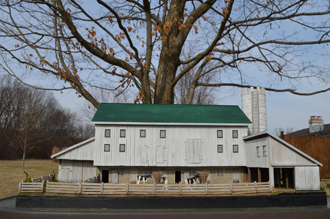
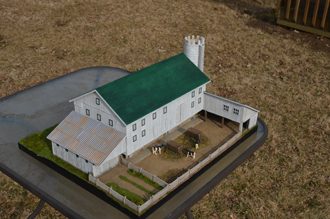
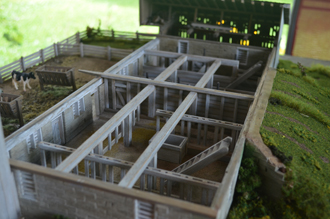
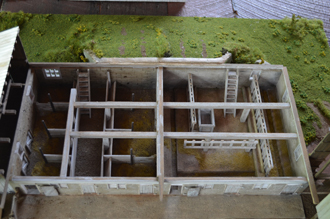
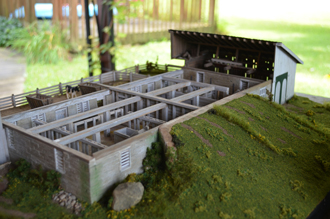
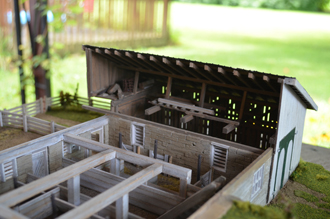
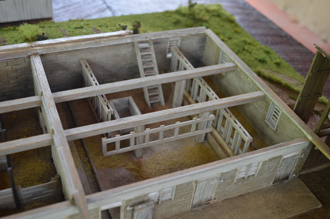
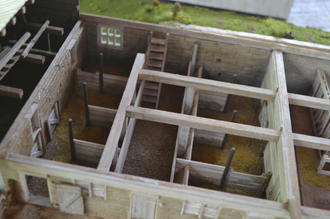
![[1906 - The Coppock Barn, Monroe Township, Miami County, Ohio]](images/index/CoppockBarnMasthead2.jpg)
On August 5, 2021, I received an e-mail from Jack DeFord in Troy, Ohio:
"I was killing some time during my lunch break a few days ago googling 'old Ohio barns' and your website pooped up, 'The Coppock Barn Website'. I just wanted to say that you did an incredible job putting together all of that information. I live in Troy and know exactly where the barn used to be but was too young to really remember it.
The history that you were able to gather was impressive and I liked that way you documented the barn through photos before it was torn down. (Sometimes that's the only method we are left with to preserve these old barns.) It is very disappointing to see barns, especially a barn like the Coppock barn leveled with no disregard for the history and hard work it took to build.
I wish, like yourself the barn could have been saved, but at least you were able to document it's history to hopefully help more people understand the importance of these structures as a link to our past.
Thanks for sharing your work."
Jack was very kind in his e-mail. I assumed that would be the last time I'd hear from him, but not quite! I received another e-mail on February 1, 2022. Jack had constructed a model of the Coppock barn! I was very impressed by the photos that accompanied the e-mail. A third e-mail the following day explained a bit about the process of building his amazing model.
February 1, 2022:
February 2, 2022:
"As far as the details on the build I started by looking at all the photos on your website to get an idea of the layout and dimensions. Once I had a good idea I scaled down the dimensions of the barn to 1/64 scale and made drawings of each bent.
From there I started by pouring the floor of the barn with plaster of paris and used plaster bricks to build the foundation walls. I detailed out the basement of the barn and framed out all the doors and windows. I also had to weather the foundation walls because my plaster bricks were dark gray and I needed them to look like limestone.
Once the basement was complete I started on the floor of the second level. I wanted to match the beams of the floor that were hewn on only two sides, so I used sticks and sanded down two sides for the model. Then, I laid the floor and started building each bent and installed them as if I was building a real barn. The ladder rungs where made from tooth picks and all the beams are weathered balsa wood. I also made it so the second floor and up can be removed from the foundation to see inside the basement.
When all the bents were up, I built in each of the seed rooms and started installing the support beams between each bent. After all the beams were in place I installed the siding and weathered it. From there, I added the louver vents and trim pieces.
Then it was on to the roof. The back half of the roof is removable and held on with pins. I used paper laser cut shingles that you can buy and weathered it to match the color of the real barn.
After the main bank barn was complete I built the drive thru corn crib lean too and then the cattle loafing lean too. The cattle loafing lean too was the hardest part to build as I had to build it around the silo and the corner of the bank barn. The silo is made from plaster of paris. I made a form and poured the plaster then weathered it to match the color.
The last thing I did was mount all the doors. I use paper clips and staples to make the hinges, which allows all the doors to open."
Jack's model is simply amazing - take a good look at the photographs below!
| The DeFord Coppock Barn Model | ||

|

|

|
|
|
|
|

|

|

|
|
|
|
|

|

|

|
|
|
|
|

|

|

|
|
|
|
|

|

|

|
|
|
|
|

|

|

|
|
|
|
|

|

|

|
|
|
|
|

|

|

|
|
|
|
|

|

|

|
|
|
|
|

|

|

|
|
|
|
|

|

|

|
|
|
|
|

|

|

|
|
|
|
|

|

|

|
|
|
|
|

|

|

|
|
|
|
|

|

|

|
|
|
|
|

|

|

|
|
|
|
|

|

|

|
|
|
|
|

|

|

|
|
|
|
|

|

|

|
|
|
|
|

|

|

|
|
|
|
|

|

|

|
|
|
|
|

|

|

|
|
|
|
|

|

|

|
|
|
|
|

|

|

|
|
|
|
|

|

|

|
|
|
|
|

|

|

|
|
|
|
|

|

|

|
|
|
|
|

|

|

|
|
|
|
|

|

|

|
|
|
|
|

|

|

|
|
|
|
|

|

|

|
|
|
|
|

|

|

|
|
|
|
|

|

|

|
|
|
|
|

|

|

|
|
|
|
|

|

|

|
|
|
|
|

|

|
|
|
|
|
|